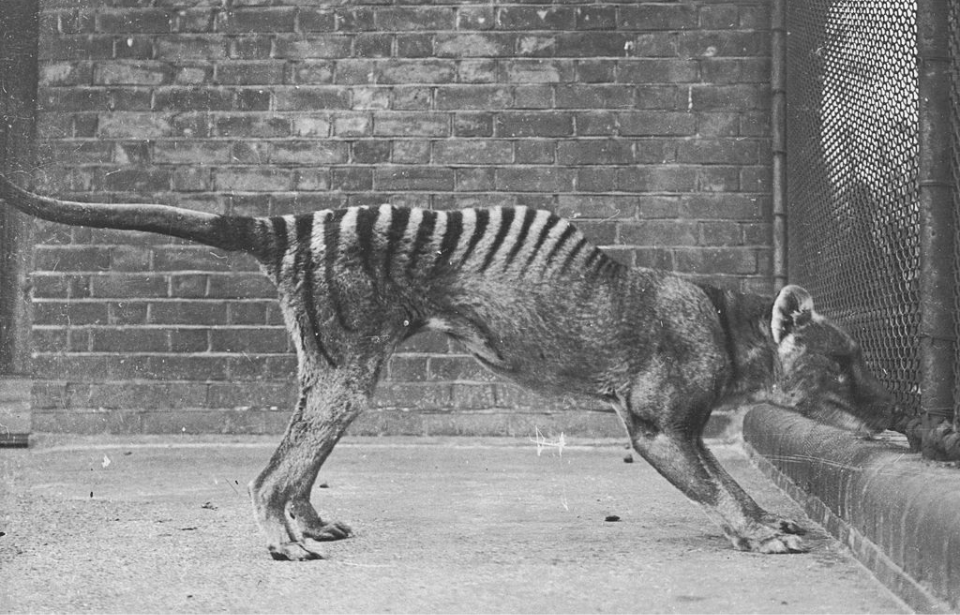The evolution and destruction of animal species are parts of the circle of life. Throughout history, over four billion species have evolved and 99 percent of those are now extinct. What’s most shocking, however, is that over the last 500 years, a minimum of 900 species have gone extinct, with many more classified as at risk of the same fate.
Fortunately, scientists may have a way of partially reversing these extinctions. They intend to use DNA and artificial reproduction to bring back one animal that’s thought to have disappeared nearly 100 years ago, with RNA possibly being the secret to reviving the Tasmanian tiger.
Tasmanian tigers are thought to have been extinct for nearly 100 years
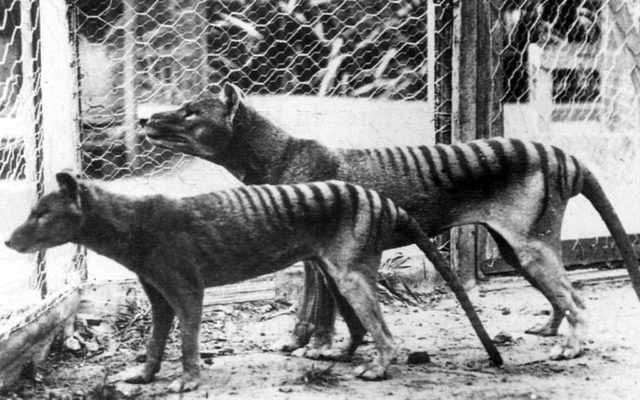
When Europeans first settled in Australia, there were roughly 5,000 thylacines on Tasmania. Better known as Tasmanian tigers, their population quickly diminished due to destruction of habitat, the introduction of disease and overhunting. Over 2,000 years ago, the coyote-sized animal was located in Papua New Guinea and Australia, but, eventually, the only ones left were in Tasmania.
The settlers had a problem with Tasmanian tigers killing livestock, even if the number was largely exaggerated. In response, the government issued bounties to be paid out to those who killed the animals, a very successful system. It was so successful, in fact, that the species went extinct on September 7, 1936, when Benjamin, the last Tasmanian tiger, died at Beaumaris Zoo.
You found it where?
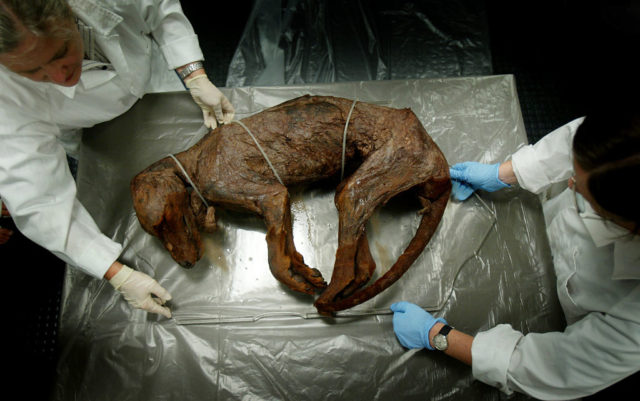
After Benjamin died, his remains were sent to the Tasmanian Museum and Art Gallery, never to be seen again. Not knowing where it’d put the body, the gallery believed it had been thrown out. According to Robert Paddle, the author of a book on the species’ extinction, “For years, many museum curators and researchers searched for its remains without success, as no thylacine material dating from 1936 had been recorded.”
Yet, the reason why no remains could be found in the museum catalog was because they were simply never added to it. After stumbling across an unpublished taxidermist’s report for the material, the museum delved deeper into its collections and soon found Benjamin located in a cupboard in the education department.
Apparently, the hide, which had been properly preserved when Benjamin’s body was received, had been sent out with a traveling exhibit. At the time, the museum didn’t know it was the last thylacine it was sharing with the public. Rediscovering the remains also confirms Benjamin was actually female, despite many claims stating otherwise.
A second chance for the Tasmanian tiger
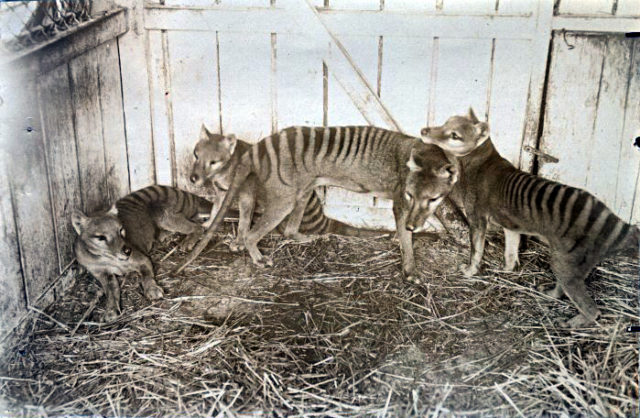
The resurrection of the Tasmanian tiger is being led by Professor Andrew Pask from the University of Melbourne, who heads the Thylacine Integrated Genetic Restoration Research Lab. The process is complicated, involving the complete reconstruction of the species’ genome. It will then be compared to that of the dunnart, its closest relative.
Once researchers find the differences between them, they’ll be able to alter the genome of the dunnart to essentially make it the same as that of the Tasmanian tiger. Dunnarts will then be used as surrogates to help bring their ancestor back to life.
Tasmanian tigers are especially good candidates for the de-extinction process, Pask said. The animal died out relatively recently, quality DNA samples are available and parts of its natural habitat are still in existence. He outlined the goal of the project, which is “to restore these species to the wild, where they played absolutely essential roles in the ecosystem. So our ultimate hope is that you would be seeing them in the Tasmanian bushland again one day.”
Using RNA sequenced from a 132-year-old specimen
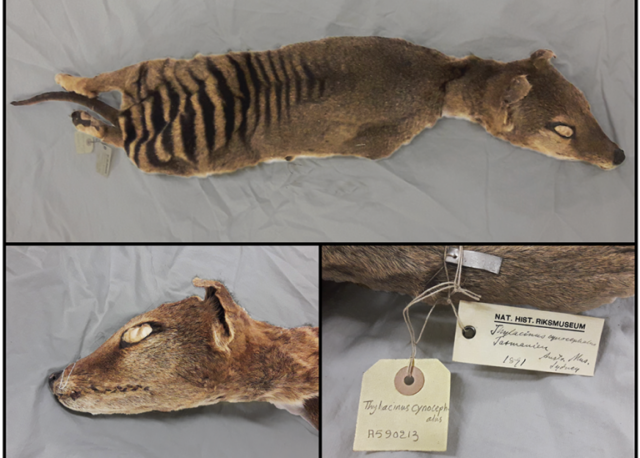
In a paper published to the journal Genome Research, scientists announced that they’d be trying to bring back the Tasmanian Tiger via RNA that had been sequenced from a specimen dating back 132 years. The room-temperature sample has been in a collection housed by the Swedish Museum of Natural History in Stockholm.
According to the paper, this is the first time something like this has ever been done successfully. The team took millions of RNA sequences from the specimen’s skeletal muscle tissues and skin, with the hope being they’d provide details about the Tasmanian Tiger’s genes and how its body produced proteins.
The sequences will also reveal how the animal’s muscles stretched and contracted, and provide information regarding keratin production.
“This is the first time that we have had a glimpse into the existence of thylacine-specific regulatory genes, such as microRNAs, that got extinct more than a century ago,” Marc R. Friedländer, associate professor at the Department of Molecular Biosciences, the Wenner-Gren Institute at Stockholm University and SciLifeLab, said in a press release.
The team hopes these recent techniques and developments wil lead to “a new era in palaeogenetics beyond DNA.”
Are there still living Tasmanian tigers?
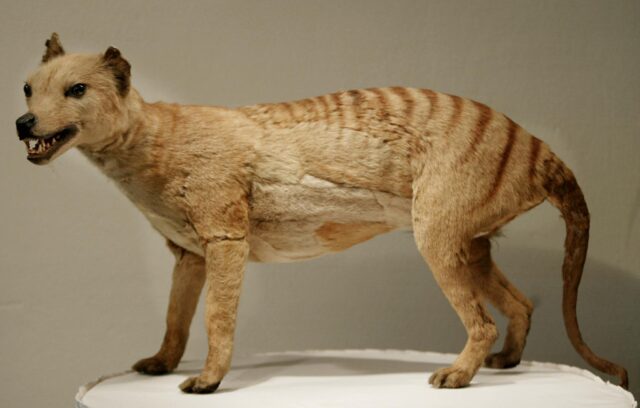
New research suggests that Tasmanian tigers might have survived in the wild for longer than previously thought. Experts are even acknowledging a small chance that they could still exist in some parts of the world!
A recent study examined 1,237 reported thylacine sightings in Tasmania from 1910-onward, suggesting the animals persisted in the wild until the 1980s, with the possibility that a few could be hiding today. However, skeptics point out there’s no concrete evidence to confirm these sightings and say that dead Tasmanian tigers would’ve likely been found if the species was still around.
More from us: Seemingly Innocent Photos of Some of History’s Most Infamous Monsters
At the very least, according to Barry Brook, a professor of environmental sustainability at the University of Tasmania, “There are pockets where the species could have maintained small populations.”
